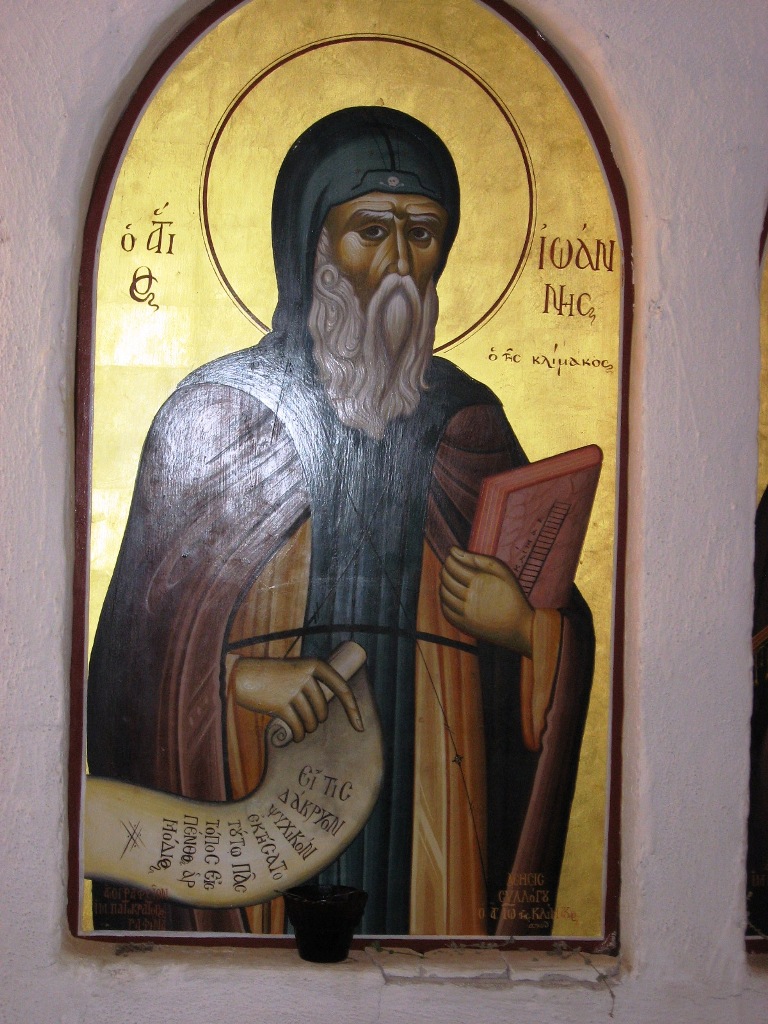St. John Climacus lived in the late
sixth century and the first half of the seventh century; he is
remembered by Christians everywhere especially during the Great Fast,
for the purity of his life dedicated entirely to Christ. St. John
Climacus was born around or before the year 579 and lived until 649. At
age of 16 he entered the Sinai Monastery under the supervision of abbot
Martyrium. After the death of his abbot, St. John Climacus withdrew into
the desert to a cave located at the foot of Mount Sinai, living in
meditation, prayer and study for nearly 40 years. In 639 he was named
abbot of the monastery of Sinai, but not long after he retired in his
old cave where he struggled until falling asleep.
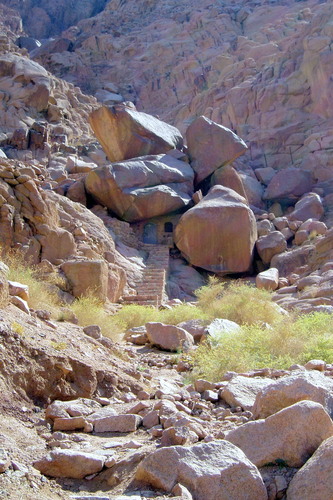
The tradition mentions a cave located in
the Valley of Tholas (Wadi Et-Tlah) approximately 8 km from Saint
Catherine’s Monastery of Mt. Sinai, as the place where St. John led his
ascetic struggle.
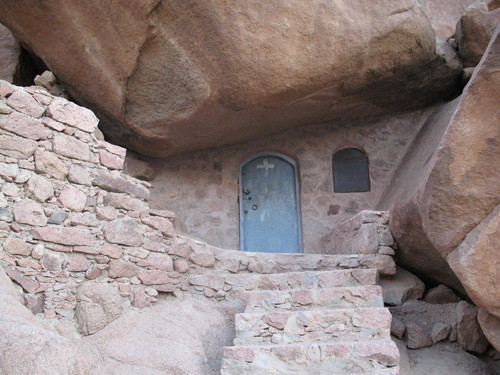
The first written document where this
cave is mentioned, also remembers it as a place of pilgrimage. In the
twentieth century, a monastic settlement was raised near this cave,
belonging to the Monastery of Saint Catherine.
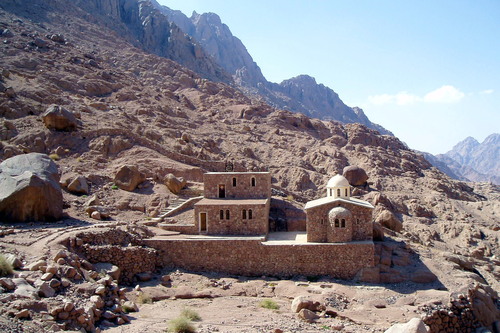
Named after the Monastery of Sinai, St.
John was also called the Climacus or scholar because of his vast
culture, but mostly he was called ‘the Ladder’, due to his work, ‘the
Ladder of Divine Ascent’.
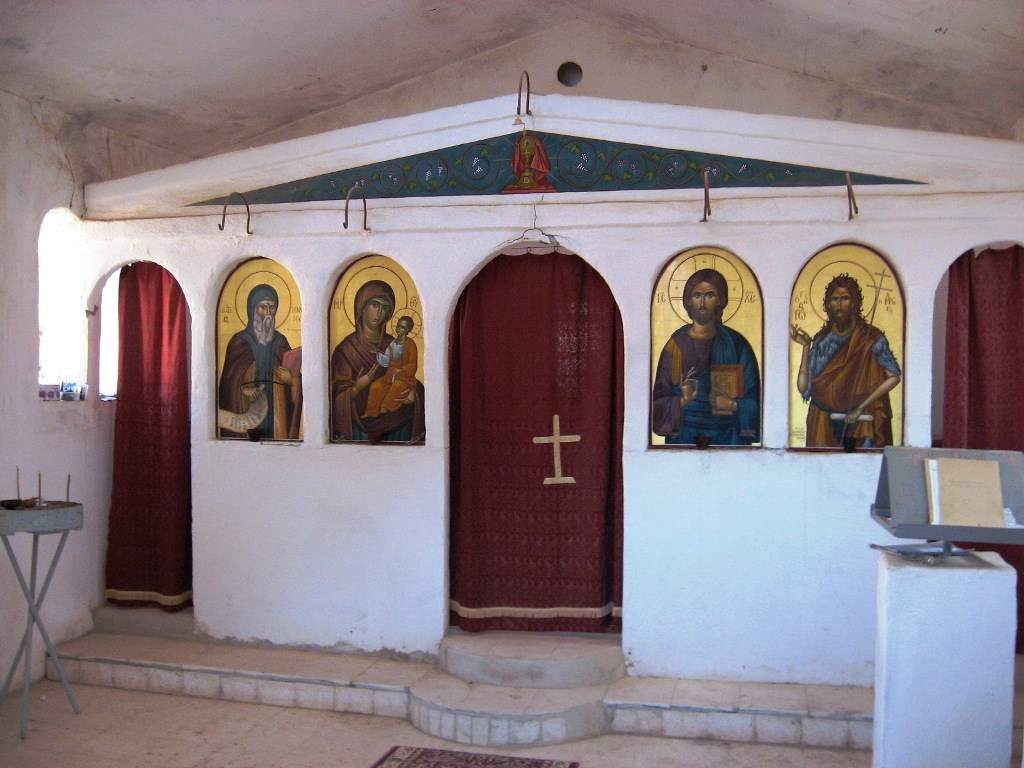
“The Ladder of Divine Ascent” or the
ladder towards Heaven is the most important work of Blessed John, which
became an ascetical model for both monks and laymen. In this book St.
John describes the spiritual ascent towards heaven as going through 30
steps, a clear reference to the 30 years of the life of Christ, before
beginning His public ministry. ‘The Ladder’ begins with an introduction
on monasticism, focusing on renouncing the world and on self-denial. The
following 23 chapters of this book deal with sins and virtues in a
successive order. St John affirms that these steps are not to be
regarded as steps that can be left behind, but as spiritual states that
need to be maintained and deepened, and to the extent of this
understanding, one can advance further.
St. John Climacus is commemorated every year on March 30th, and on the fourth Sunday of Great Lent.
